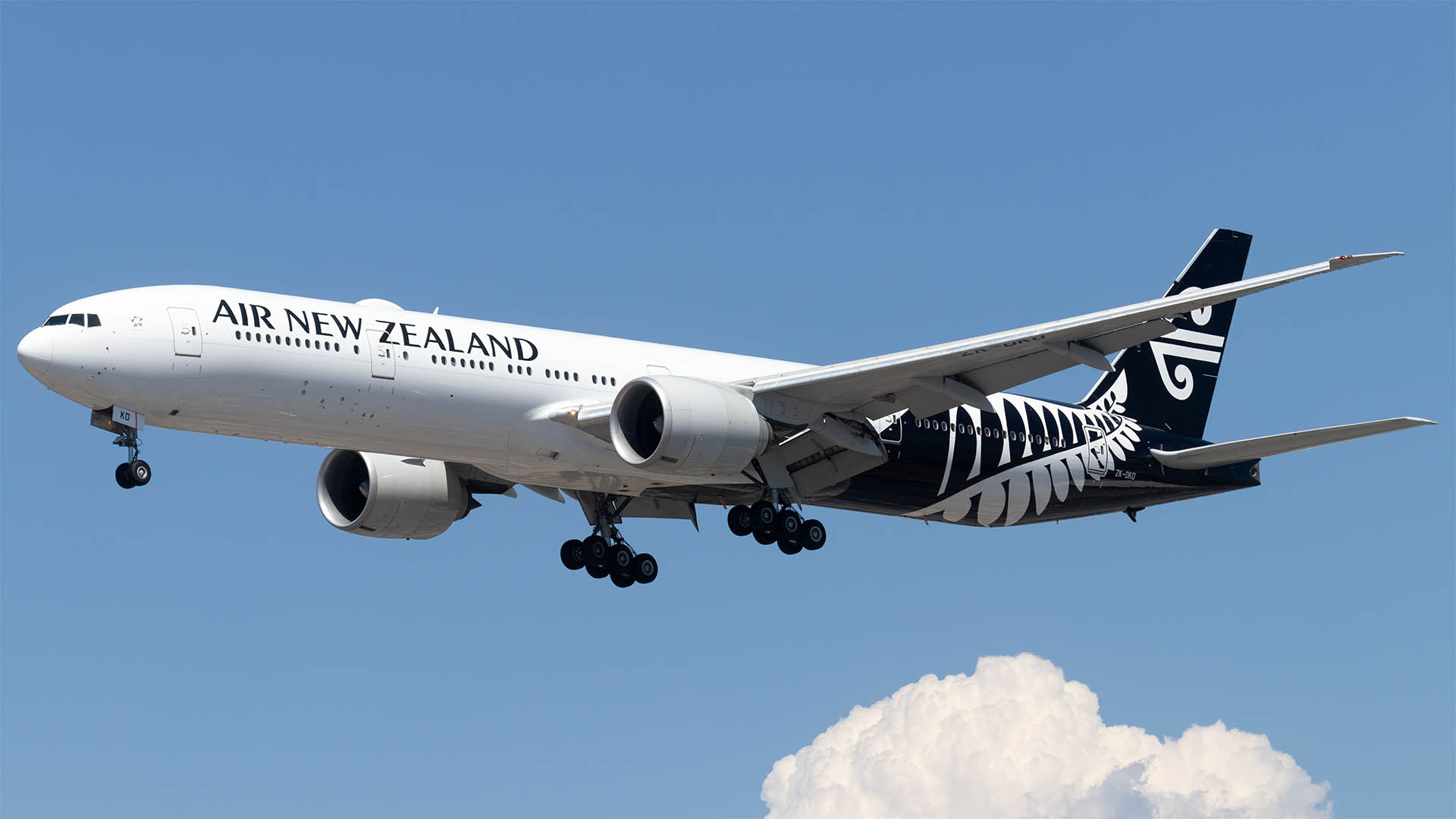The last day of any reporting season usually sees two things – the release of Harvey Norman’s results (see separate story) and lot’s of weak or red ink stained reports from other companies.
And so it was with cattle exporter Wellard which has spent most of this year warming the market up for a whacking green blob of red on the profit line.
And that’s what we saw yesterday with the loss getting bigger – as expected as shipping woes and record high prices for livestock in Australia hitting demand from Asia.
Wellard, which first listed on the ASX in December 2015, reported a loss of $77 million loss 2016-17, compared to a $23.3 million loss the previous year when it missed its $9 million net profit prospectus forecast.
Revenue for the 2016-17 financial year fell 13% to $498 million, due to reduced orders from customers in Indonesia and Vietnam, increased competition from cheaper frozen meat and lower-than-expected volumes from developing markets.
But instead of another fall, the market sent the shares up 9% to 12 cents (that was a rise of 1 cent a share). There seems to have been some relief that there were no more expensive surprises in yesterday’s filing with the ASX.
Directors said gross profit fell 69% to $28 million "as the Group was forced to accept negative margins on trading livestock, balancing the need to keep assets utilised in order to cover fixed costs, and maintain customer relationships to protect future trade.”
Excluding depreciation and amortisation total costs fell 20% to $67 million as the Group started a restructuring and cost cutting program, the benefits of which will be primarily realised in 2017-18 “and beyond.”
Consolidated net loss before tax rose 142% to $75 million "due in summary to a $61 million reduction in gross margins offset by an $18 million saving in costs. The future income tax benefit arising from Australian consolidated tax losses has not been recognised in FY2017.”
"Despite the increase in the net loss, operating cashflow was stable versus last year at an outflow of $20 million, due to tight working capital management and reduced debt,” according to directors.
CEO Mauro Balzarini said commentary with the report that the rise in prices had allowed frozen Indian buffalo meat to get a foothold in the Indonesia market and that would likely have an ongoing impact on demand for Australian cattle.
"Whilst a segment of the Indonesian market continues to prefer Australian cattle, there is a risk that volumes will not return to historical highs," Mr Balzarini said in a statement on Thursday.
He said the reduced demand for livestock from South East Asian markets also resulted in excess shipping capacity, which forced freight rates lower, thereby reducing shipping margins.
Wellard said it is re-shaping its operations to deal with the challenging market conditions, by selling its MV Ocean Outback vessel in July to improve utilisation of the company’s remaining shipping assets and expanding its business into the south American market.
"But until we see if price reductions are sustained through the upcoming wet season and into 2018, it remains unclear what impact that will have on Wellard’s overall FY2018 results," Mr Balzarini said.
There’s no dividend again.












